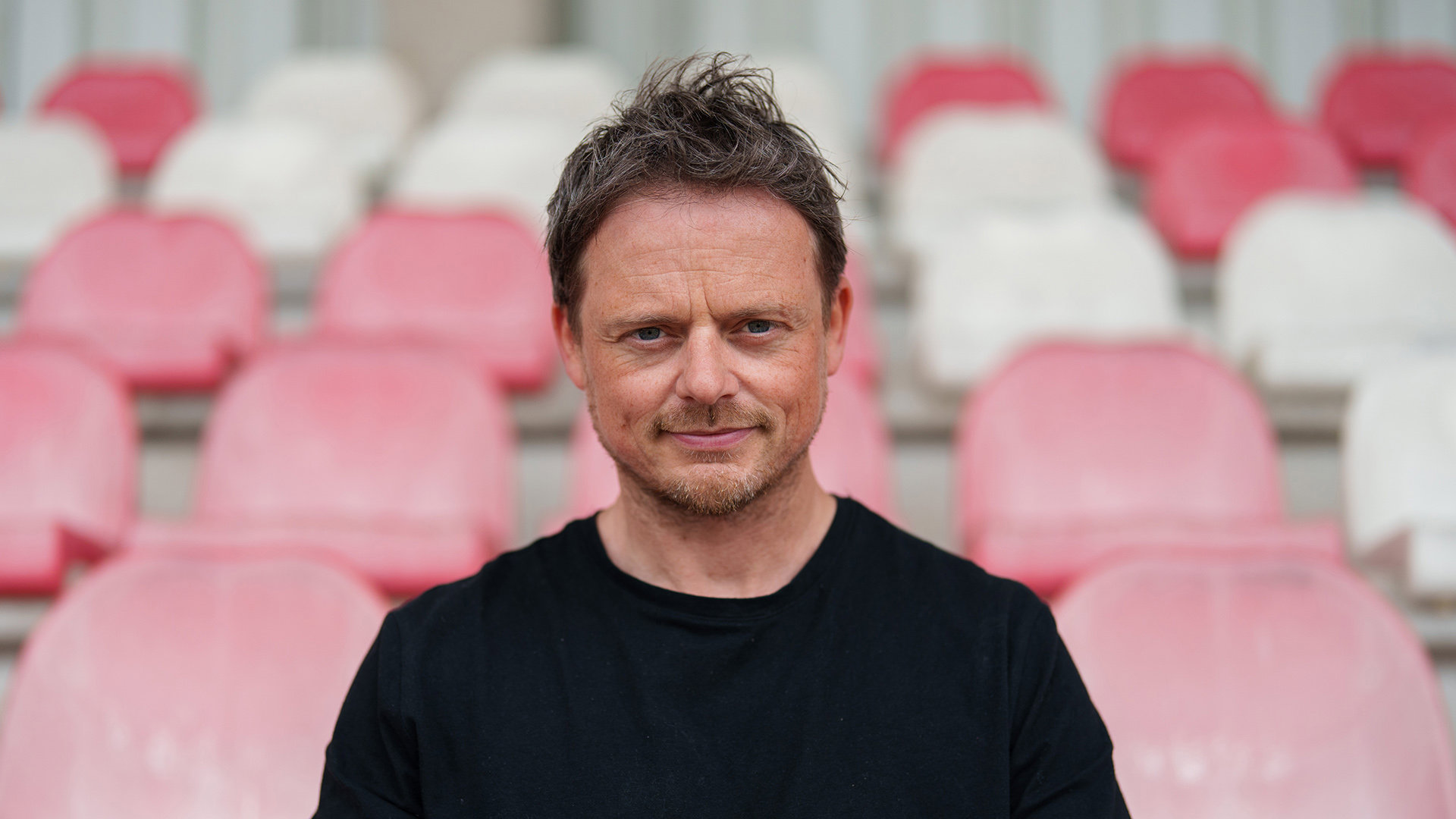During his time at Manchester City, De Lang was mainly involved with the European scouting of the English. After he recently heard of the attendance of his former employer at the Future Cup, he became enthusiastic. "I think it's great that they will be there because I've worked there and still have a great connection to the people there. Ajax and Manchester City have many similarities in their way of playing and philosophy. Ajax and the Cruijff philosophy have been an inspiration for Pep Guardiola and others. That connection is wonderful."
Number one in England
The club was taken over in 2008 and then took off enormously. Before that, Manchester City's youth teams were not among the very best. "That grew after the takeover, but it took time. Now they are number one in England, I dare say."
"Facilities, staff professionalism, and a clear style of play" are the three most important pillars of the club and what they have invested a lot in, says De Lang. "The style of play is derived from the Dutch model: 4-3-3. That style of play is used everywhere, and besides, if the first team performs well, that has an extra appeal for youth players. You will see young children aged ten to sixteen years old wearing Manchester City shirts more than thirty years ago."
De Lang argues that Manchester City's first team plays a large number of matches, which is an advantage for their youth. "This allows them to integrate youth players more and more. During my last three years working there, the top layer became champions every year. And it's not about championships in the youth to show that you are the best. But when you see what is breaking through from the own youth at the first team or elsewhere, that's a good sign."
Manchester City's coming to Amsterdam is a good sign in the current football landscape. "Ajax is leading in terms of youth academies there—I know that from my period. They know that the Future Cup is a serious tournament. The fact that they participate says something because they receive many requests."
European playing styles
With his vast experience and background in scouting in various areas, he is looking forward to the Future Cup at the Toekomst. "The tournament is important for young players to measure themselves against other European top teams, playing styles, and nationalities. For example, Portuguese teams often push the limits, with English teams maybe having a higher intensity, and with French teams, you often see a lot of physical players. That's good. But it's also interesting from the first team's perspective because the step towards Ajax 1 is getting closer."
De Lang is familiar with other teams travelling to Amsterdam during Easter weekend besides Manchester City. He finds last year's winner, FC Nordsjælland, very interesting. "They have found a very innovative way of training youth players through their style of play and a collaboration with 'Right to Dream'. That's a powerful combination."
De Lang looks at both groups and starts with a smile about Paris Saint-Germain. "The youth in Paris is perhaps the world's largest talent pool. You could fill a World Cup team from that environment," he laughs. "That also makes Paris Saint-Germain very interesting because they have many technical players combined with physical players. That brings something extra. What they do very well in Portugal, I find, is to elevate the level of youth to the first team. They have that step well-arranged there," De Lang refers to the participation of Sporting Portugal.
Importance for Ajax U17
Finally, besides being a great experience for the players, the tournament must also be a good preparation for what is to come. "We have to play the way we can play: attacking, daring, and imposing our will on opponents. But I also want to see adaptability when we face different styles or unexpected things happen, and a victory must be pulled over the line, for example."
"It's not an exam, but it's a test towards senior football. Can our players show against similar European opponents what we are training them for? I find that very interesting," De Lang concludes.



